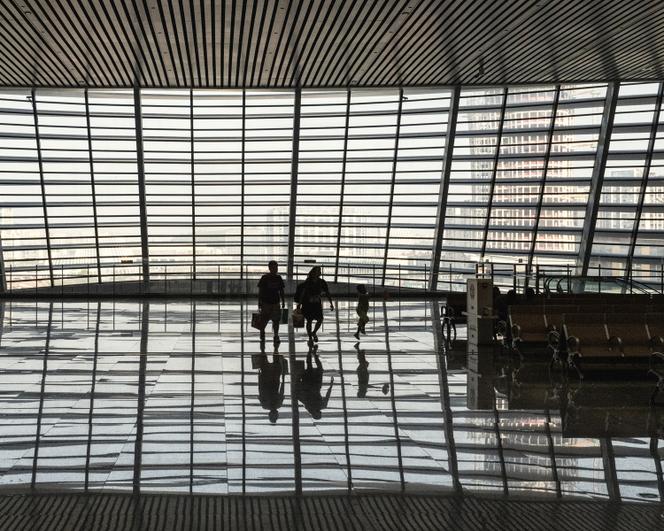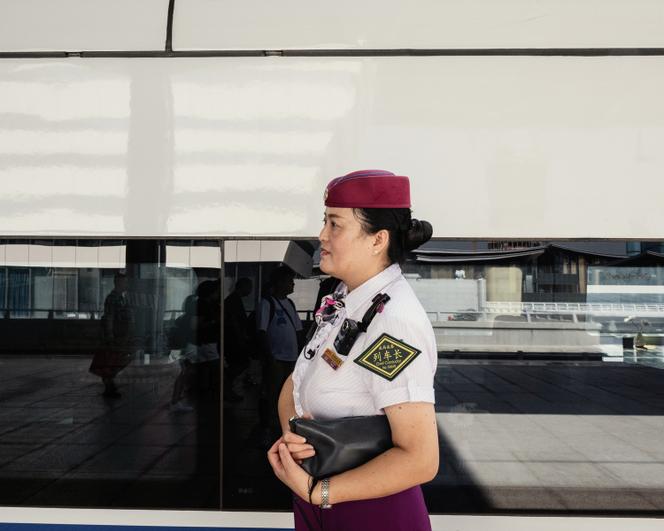


The shiny tiles, the rows of seats in the large waiting hall, the display panels and the security gates – everything at Yibin central station, in Sichuan, western China, is still brand-new. In September, the station, with its 47,000 square meters of interior space and 12,000 square meters of esplanade, which were opened in December 2023, still stood somewhat empty. For the time being, only a few trains go through the station – one an hour, usually in the morning – but the pace is set to quicken with the ramp-up, over the coming weeks, of the high-speed rail line linking Chengdu, the capital of Sichuan province, to the megacity of Chongqing. One branch of the line is set to make a detour via Yibin, and, eventually, it will also reach the sprawling capital of Yunnan province, Kunming, located 850 kilometers south of Chengdu.
Yibin station manager Mou Ling was not worried about the volume of traffic. The city's central station serves 3,000 passengers a day, but this figure will soon rise to 10,000. Mou, who used to work in an office, managing lines, has come to face the challenges of station management: Coordinating bus connections, managing delivery access and preparing for the increase in traffic. He turned to the large glass façade and pointed to the huge construction site opposite the station: Concrete towers could be seen, on which cranes worked around a long metal canopy.
"You have to imagine it," said Mou. When completed next year, the district will represent a dragon's body, a bamboo forest and the confluence of rivers. These are all elements that symbolize the city of two million inhabitants, through which the Yangtze River flows. There will be a cultural space, a tree-lined promenade and, above all, a vast shopping mall, like those in Beijing and Chengdu, dotted with parking garage exits. Yibin is a city that wants to exist.
Such is life for China's railways: going faster and faster. According to the Chinese approach to development, the Communist Party's mission is to constantly provide new infrastructure for its population. "Users want efficiency, comfort and visible economic progress," said the station manager. As a result, Yibin has had not one, but two new stations open since the end of 2023: Yibin Central and Yibin East have been set up alongside Yibin West, which opened five years ago – an eternity by Chinese standards. The high-speed rail line will run through all three stations.

The region has long been a labor exporter, with rural residents leaving to work in the factories of China's coastal cities. For workers who, 10 years ago, used to only go home once a year to see their families, and had to make a 20-hour train trip from the industrial zones of the city of Guangzhou, located 1,300 kilometers away, the journey has been reduced to six hours. Mou understood that having been chosen as one of the nodes in the country's rail network represented a great opportunity for his city. Eventually, eight North-South and eight East-West lines will cross China. For the population, which accepts the one-party regime through a kind of assured growth contract, it was a promise that they, too, would one day be connected to economic progress.
You have 76.7% of this article left to read. The rest is for subscribers only.
